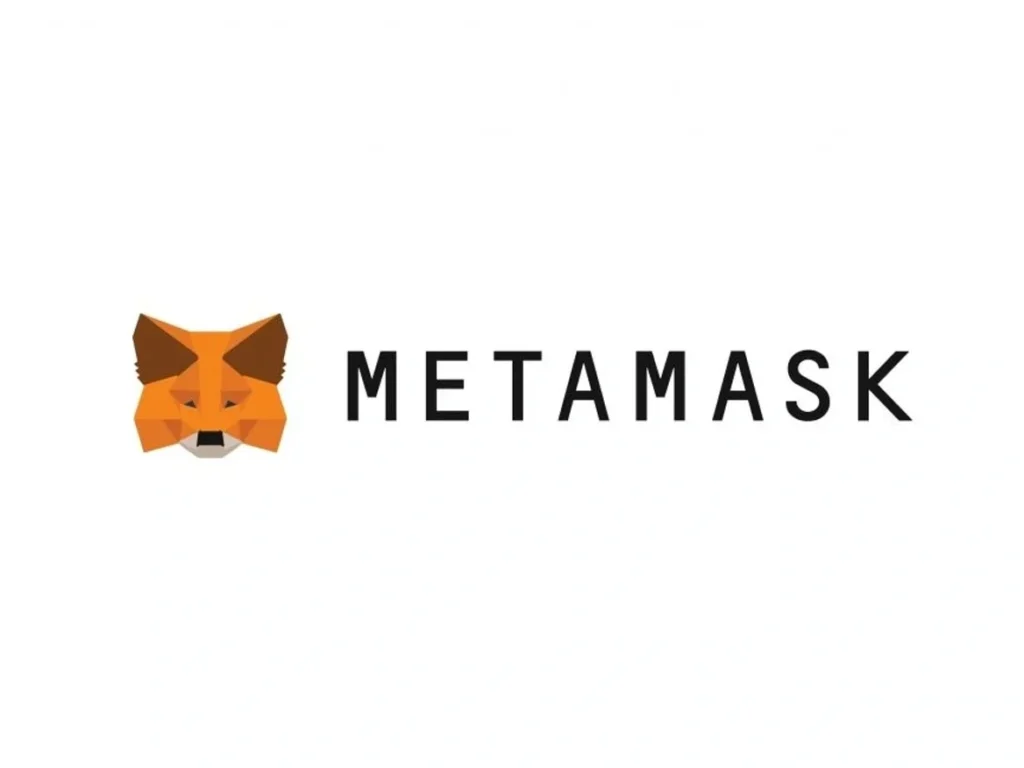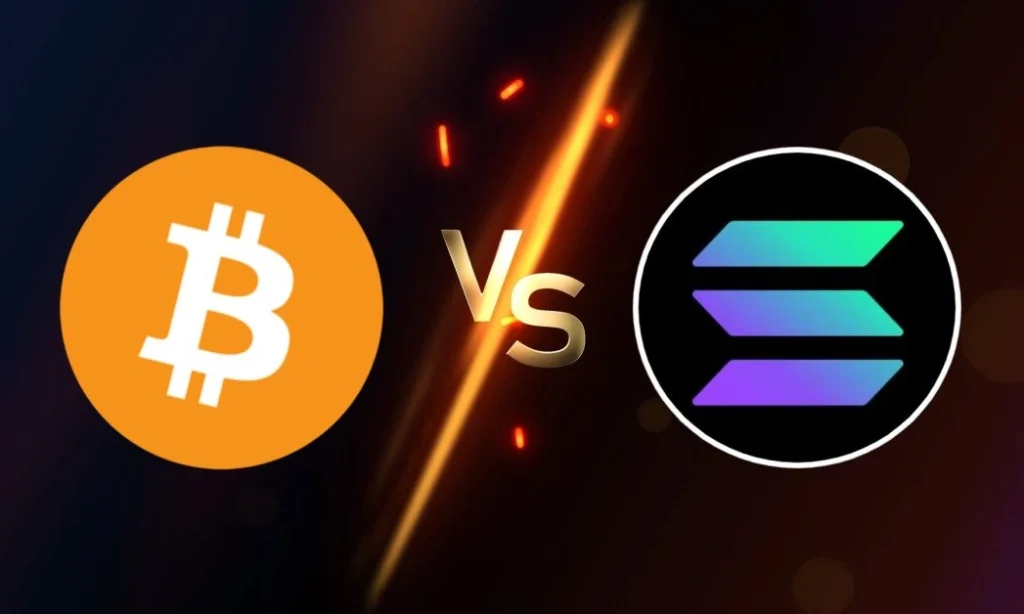Introduction: Understanding the Foundations of Crypto Payments
Cryptocurrency payments can sound complicated if you’re new to the space. But when you strip it down, crypto payment systems follow a clear, structured process — from wallet initiation to blockchain verification.
Let’s break it down step-by-step.
Step 1: Wallet Setup and Payment Initiation


Crypto payments start with a digital wallet — software that stores your cryptocurrencies securely. Popular wallets include Coinbase Wallet, MetaMask, and Trust Wallet.
When you’re ready to make a purchase, the merchant provides a wallet address or a QR code. You, the buyer, initiate a transaction from your wallet, specifying:
- The merchant’s public address
- The amount of cryptocurrency to send
- A small network fee to process the transaction
Your wallet then broadcasts this transaction to the network.
Step 2: Transaction Propagation Across the Blockchain Network

Once broadcasted, the transaction enters the “mempool” — a waiting area where unconfirmed transactions sit until they are picked up by network validators (miners or nodes).
Validators review transactions to ensure:
- The sender has sufficient funds
- There’s no double-spending attempt
- The transaction follows the network’s rules
This verification happens in seconds or minutes depending on the network’s congestion and the cryptocurrency used (e.g., Bitcoin vs. Solana).
Step 3: Validation and Blockchain Confirmation

Here’s where the blockchain magic happens:
- In Proof of Work (PoW) systems like Bitcoin, miners compete to solve a complex cryptographic puzzle.
- In Proof of Stake (PoS) systems like Ethereum 2.0, validators are selected based on the amount of crypto they “stake” as collateral.
Once validated, your transaction is added to a new block on the blockchain — an unchangeable record. Confirmation times vary:
- Bitcoin: ~10 minutes per block
- Solana: <1 second per block
- Ethereum: ~15 seconds per block
Most merchants require 1–6 confirmations before considering the payment finalized.
Crypto Payment Explained: Merchant Notification and Fund Settlement

Once the blockchain confirms the transaction, the merchant’s system gets an update — usually through a payment processor like BitPay, Coinbase Commerce, or directly via APIs connected to their wallet.
Funds either:
- Stay in the form of cryptocurrency
or - Get instantly converted to local currency (USD, EUR, etc.) through the merchant’s service provider, reducing the risk of price volatility.
The customer gets a receipt, and the payment is complete.
Crypto Payment Explained: Why Crypto Payment Systems Are Gaining Momentum

Several technical and practical factors explain why crypto payments are trending:
- Global Access: Crypto wallets work anywhere with an internet connection, bypassing traditional banking systems.
- Lower Costs: Transaction fees are often lower than the 2–3% cut taken by credit card processors.
- Security: Blockchain’s decentralized structure makes fraud and chargebacks much harder.
- Programmable Money: Smart contracts enable automatic payment rules — think subscription services or escrow arrangements.
Crypto Payment Explained: Challenges of Crypto Payment Adoption

Despite the innovation, crypto payments aren’t without hurdles:
- Volatility: Rapid price changes mean both merchants and consumers face value risk.
- Usability: Non-tech-savvy users may find wallet setup, private key management, and transaction tracking intimidating.
- Scalability: Some networks, like Bitcoin, face limitations on transaction throughput compared to Visa or Mastercard.
- Regulatory Uncertainty: Different countries apply different (and sometimes unclear) rules about crypto transactions.
Solutions like Layer 2 networks (e.g., Lightning Network for Bitcoin) and stablecoins (crypto pegged to fiat currencies) are helping address these challenges.
Final Thoughts: Crypto Payments Moving Forward

Crypto payment systems are evolving fast. As user experience improves and blockchain networks become more scalable, everyday adoption is likely to grow.
From tapping a QR code for coffee to signing smart contracts for major purchases, crypto payments are unlocking new possibilities for peer-to-peer, borderless transactions.
While the technology is still maturing, its potential to reshape how we handle money is hard to ignore.
Relevent News: Here



